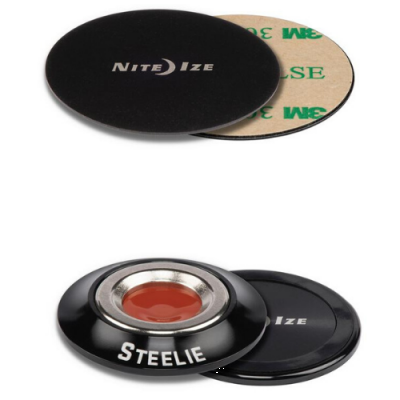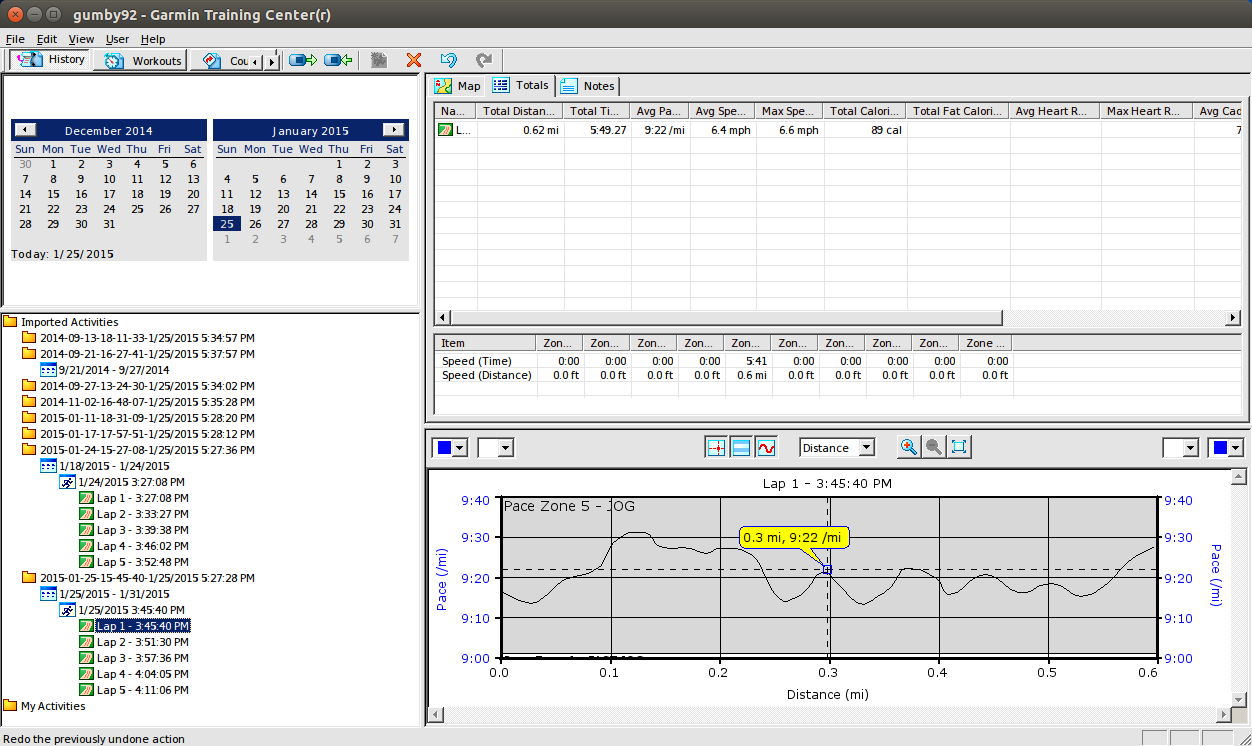

Tap either of the two data fields to view the trip computer screen and compass below. You can also see a traffic icon (tap for more info), speed limit (where available), current speed and arrival time. Tap the top left field to hear the next turn called out tap the top bar showing the next turn to see a route overview including a list of turns.

The map screen will be very familiar to nuvi owners. To store a favorite under Saved Locations, simply search for the address or point of interest, tap the balloon on the map, then tap Save.

This appears to utilize Android’s built-in voice search capabilities and it is very accurate. Voice search is available for Points of Interest and Google Local Search (see below). In addition to the ones shown below, you can also choose from Upcoming events, Panoramio, Gas prices, Cities, White pages, Coordinates, Intersections and Extras. The Where To? option offers plenty of familiar choices. Of course the screen rotates automatically to portrait or landscape mode, thanks to the built-in accelerometer. One of the few downsides is that you have to tap the widgets icon to see any widgets you have installed, but you do get five screens for them (sample screen below). This is a custom interface, but it’s well done. Pull the Application Tray up to view all apps (see below). The sliding Application Tray in the lower portion of the screen can be customized to show your most frequently accessed apps. How much does it cost? Garminfone interfaceĪs you can see from the start screen below, navigation dominates the interface.


 0 kommentar(er)
0 kommentar(er)
